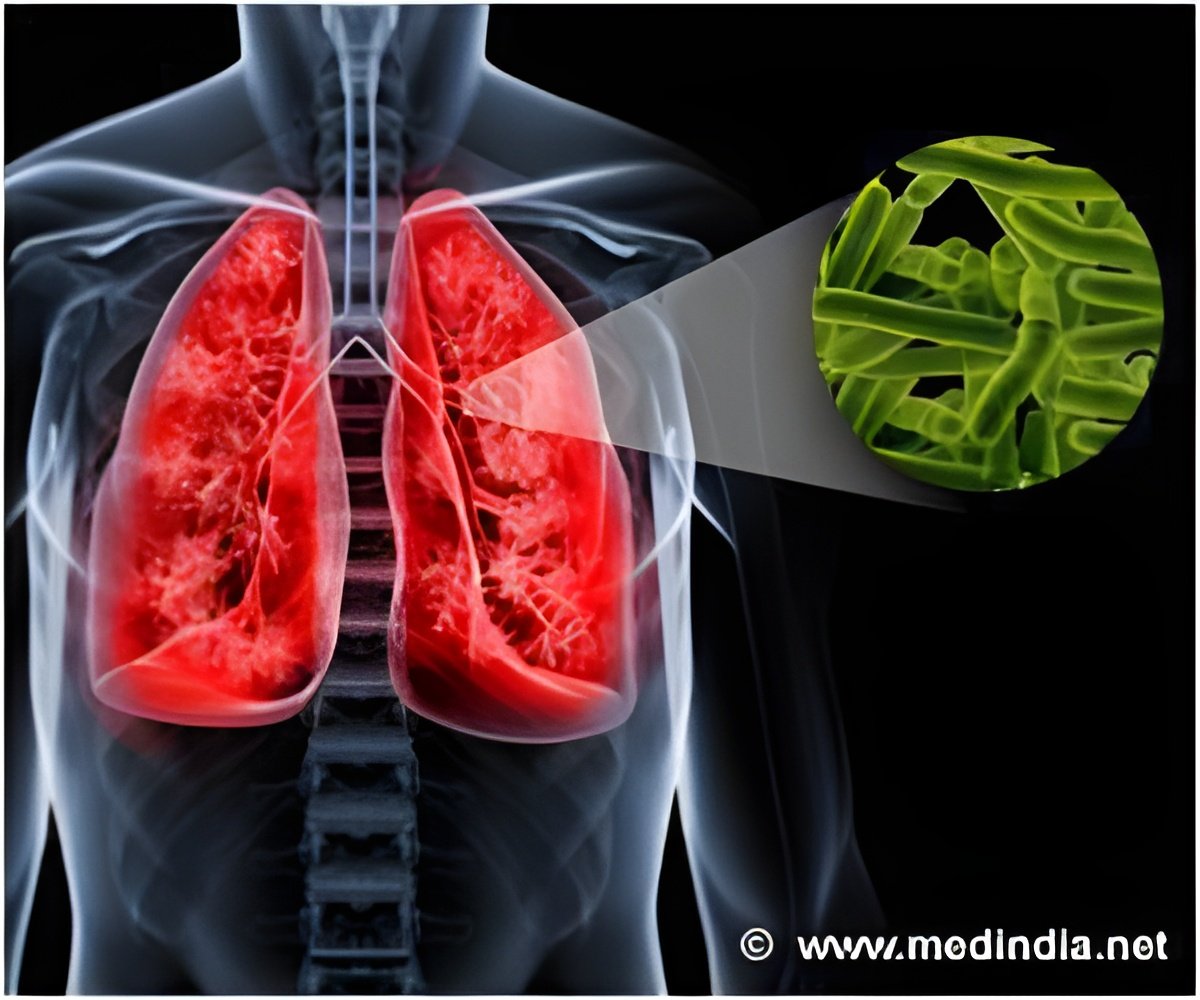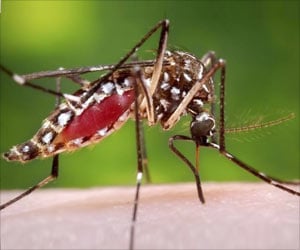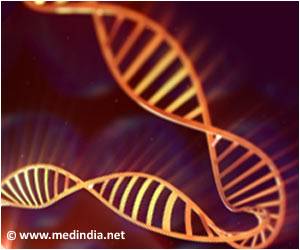Drug-resistant bacteria kill at least 23,000 people in America, and affect about 2 million annually.

The researchers hope that what they are learning from soil bacteria will help identify ways to reduce gene sharing among infectious bacteria, slowing the spread of drug-resistant superbugs, said senior author Gautam Dantas, PhD, assistant professor of pathology and immunology.
The results appear May 21 in Nature.
"Soil bacteria have strategies for fighting antibiotics that we're only just starting to learn about," Dantas said. "We need to make sure the genes that make these strategies possible aren't shared with infectious bacteria, because they could make the problem of drug-resistant infections much worse."
Most of the antibiotics used to fight illness today were devised by soil microbes, which employ them as weapons in the competition for resources and survival. Penicillin, the first successful antibiotic, came from the soil fungus Penicillium.
But widespread use of penicillin and other newer antibiotics has prompted bacteria to evolve strategies for blocking, evading or otherwise resisting these drugs. Antibiotic-resistant disease now adds $20 billion to annual health-care costs and leads to 8 million additional hospital treatment days in the United States.
Using a technique they helped develop, the researchers isolated small fragments of bacterial DNA from the soils and screened those pieces for genes that confer antibiotic resistance.
The researchers also found that the antibiotic-resistance genes in soil are linked tightly to specific bacteria, suggesting little sharing between species. In infectious bacteria, though, more frequent sharing of genes creates antibiotic-resistance portfolios that differ greatly among related bacteria.
"We suspect that one of the primary factors that drives the sharing of antibiotic resistance genes is exposure to new antibiotics," Dantas said. "Because soil bacteria need many thousands of years to develop new antibiotics, the bacteria in that community don't encounter these threats anywhere near as often as disease-causing bacteria, which we regularly treat with different antibiotics."
Dantas and his colleagues continue to study factors that affect the spread of drug resistance in bacterial communities in hospitals, the environment and the human digestive tract.
"We were happy to find that antibiotic resistance genes from soil bacteria generally aren't poised to jump suddenly into pathogens," Dantas said. "But we want to do everything we can - whether it's changing how we treat infections in medical clinics or altering the way we manage the environments where bacteria grow - to keep the odds stacked against sharing of these genes."
This study was funded by the Children's Discovery Institute (MD-II-2011-117), the International Center for Advanced Renewable Energy and Sustainability at Washington University, the National Academiese Keck Futures Initiatives (Synthetic Biology, SB2), and the National Institutes of Health (NIH) Director's New Innovator Award (DP2-DK-098089)
Forsberg KJ, Patel S, Gibson MK, Lauber CL, Knight R, Fierer N, Dantas G. Bacterial phylogeny structures soil resistomes across habitats. Nature, May 21, 2014.
Washington University School of Medicine's 2,100 employed and volunteer faculty physicians also are the medical staff of Barnes-Jewish and St. Louis Children's hospitals. The School of Medicine is one of the leading medical research, teaching and patient-care institutions in the nation, currently ranked sixth in the nation by U.S. News & World Report. Through its affiliations with Barnes-Jewish and St. Louis Children's hospitals, the School of Medicine is linked to BJC HealthCare.
Source-Newswise
 MEDINDIA
MEDINDIA




 Email
Email










